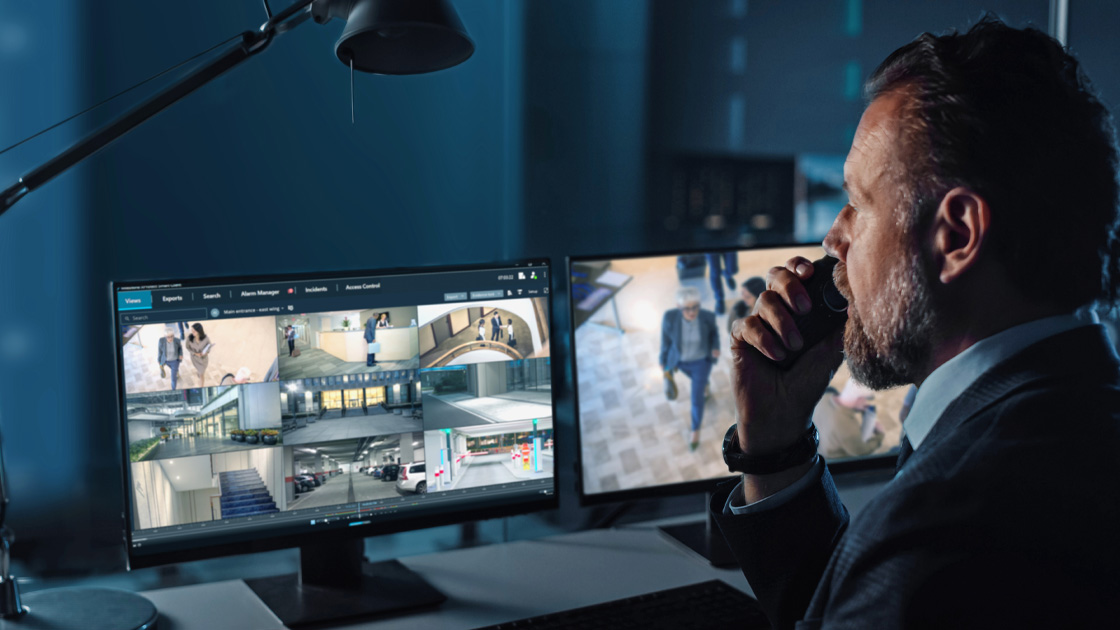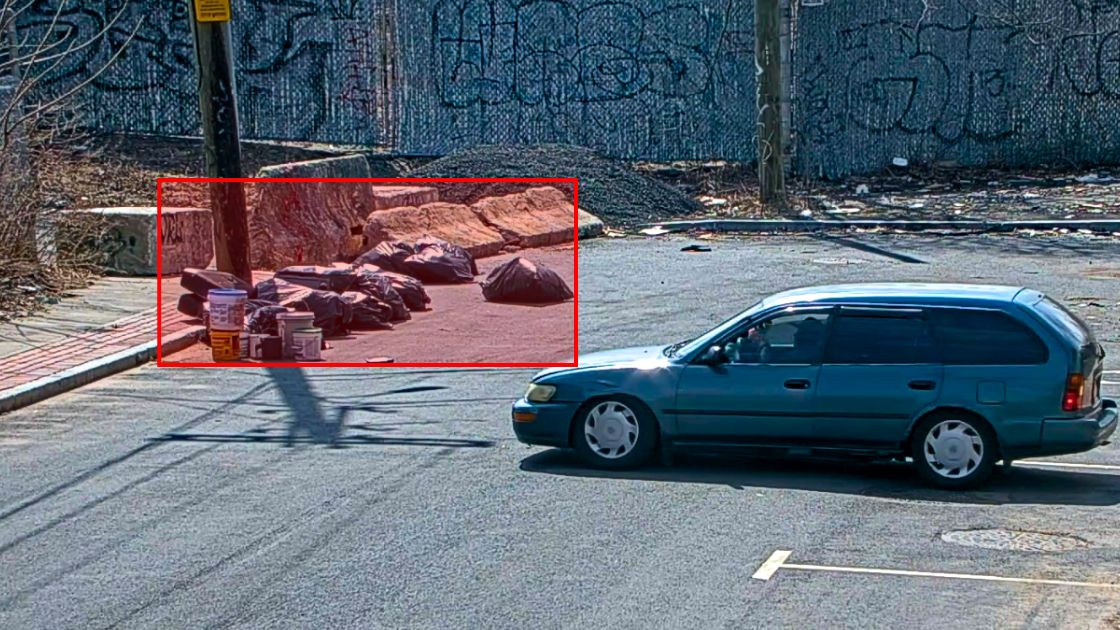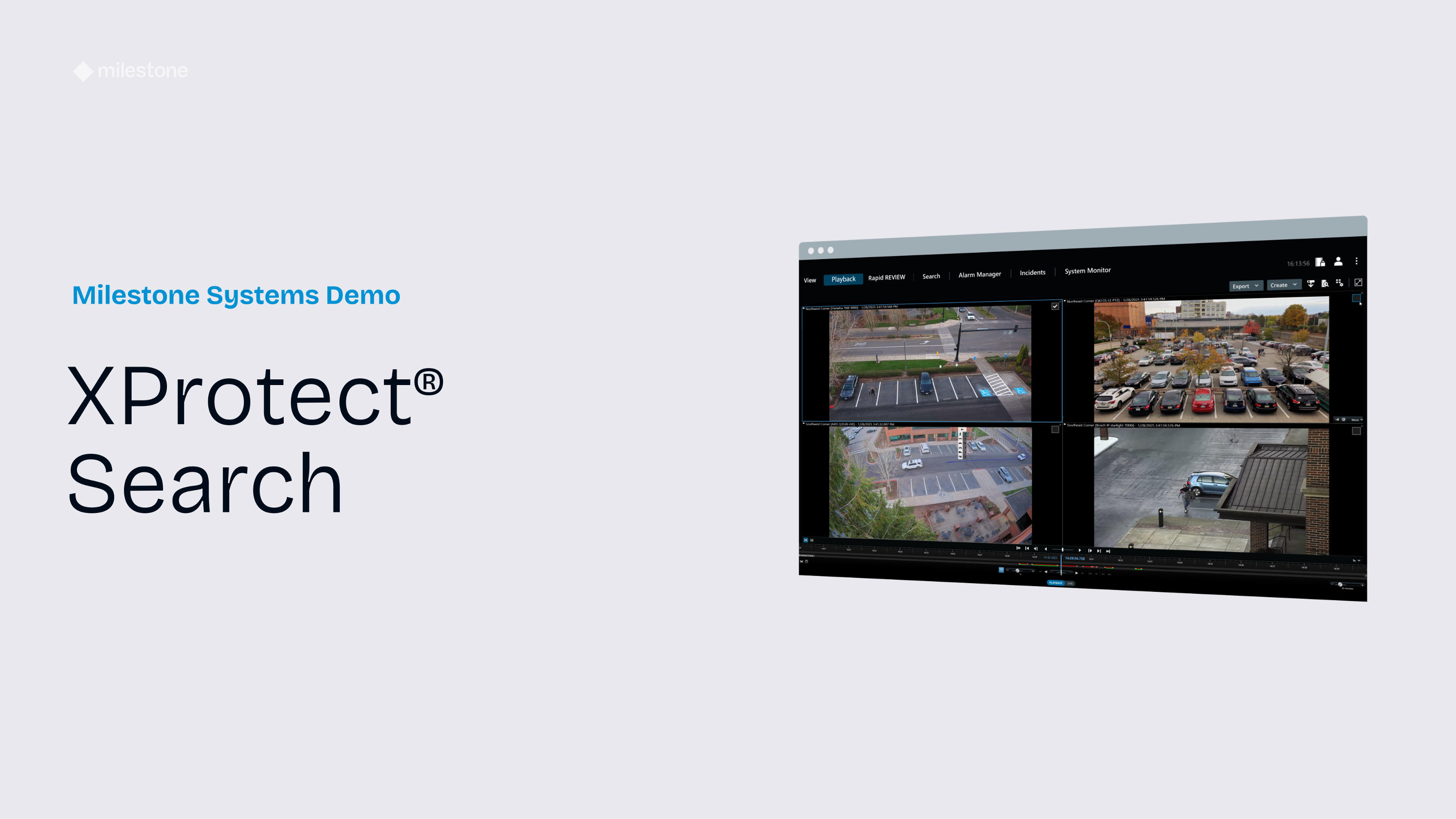The horrors of drug diversion for patients are a sad reality. The stories are real, and those patients pay the price when those they trust to provide healthcare act out against them.
Here are a few of the headlines from real stories in the news:
- Nurse pleads guilty to stealing drugs from hundreds of patients.
- 15th person pleads guilty in connection with wholesaler prescription scheme.
- Podcast details patients' pain after nurse swapped fentanyl for saline.
- Kentucky hospital to pay $4.3M after employee stole 60K doses of narcotics.
These are just a few examples of a reality that healthcare administrators know well. Real people are involved, and healthcare industry supervisors must identify ways to combat the problem.
Drug diversion occurs when legitimately made controlled substances are illegally diverted, distributed, or abused for the prescriber’s lawful purposes. The diversion can occur at any time along the distribution lines of any controlled substance – from the manufacturer, distributor, pharmacy, prescriber, or patient. Furthermore, drug diversion is such a severe problem that the Drug Enforcement Administration (DEA) aggressively pursues violators via its Diversion Control Division.
According to the National Institute of Health (NIH), since most drug prescriptions occur in the outpatient setting, diversions of drugs commonly occur at a clinic or doctor’s office. In an article on drug diversion within healthcare facilities, Mayo Clinic doctors report, “Although a relatively small fraction of the nation's drug supply is administered in a healthcare facility such as a hospital or outpatient surgery center, the nature of these practices provides ample opportunity for drug diversion.”
According to US Health and Human Services, the most common types of drug diversion are as follows:
- With intent to sell prescription drugs
- Shopping multiple doctors for prescriptions
- Illegal internet pharmacies
- Theft, forgery, or illicit prescriptions
The US Drug Enforcement Agency (DEA) reports drug classes with a high potential for drug diversion and abuse are anabolic steroids, central nervous system depressants, hallucinogens, opioids, and stimulants.
When healthcare workers divert their patients’ drugs for their use, they can harm the patient by denying the essential pain medicine, therapy, or infection control, diluting or substituting drugs, or providing the patient substandard and impaired care. In some cases, medicine theft can even hasten death. Healthcare providers participating in drug diversion are at risk of career-ending licensure actions and criminal charges. The healthcare facility has liabilities, such as poor work quality, absenteeism, regulatory risk, and patient litigation.
In a healthcare facility, vulnerability to diversion exists when a single provider, out of view of others, is free to engage in drug procurement from central stores, drug preparation, drug administration to patients, or disposal of drug waste. Given that drug doses are precise in measurement for each patient, without sufficient controls, it is easy for an individual healthcare worker to divert drugs without anyone knowing.
Recently, Sovah Health in Abington, VA, UT Southwestern in Dallas, and Massachusetts General Hospital in Boston had multimillion-dollar fines assessed against them by the DEA. In 2021, the University of Texas Southwestern Medical Center (UTSW) agreed to pay $4.5 million to the US government after the contention that UTSW violated multiple provisions of the Controlled Substances Act (CSA) over five years. The violation enabled UTSW employees to divert controlled substances, including fentanyl, in a manner that the government described as “shocking disregard” for its anti-drug diversion duties. Tragically, two such diversions resulted in fatal nurse overdoses.
Healthcare administrators must proactively examine how the organization handles controlled substances and identify security vulnerabilities to drug diversion. For example, the dispensing areas may have substandard video surveillance or poorly focused cameras in diversion-prone areas. Organization administrators should honestly evaluate their vulnerabilities and address those with appropriate security to mitigate the risks.
Milestone Systems partners with healthcare customers to provide video technology that helps mitigate the risks of drug diversion in the healthcare environment. When paired with Milestone XProtect® video management software (VMS), security cameras offer live monitoring of drug distribution areas and stored evidence of activity that is helpful in follow-up investigations should theft occur. In addition, XProtect is an open platform that integrates with many security tools, such as access control, to enhance the information connected with the video record of employee activity.
Access control works when employees use their badge to swipe into the automatic dispensing cabinets or storage closets to access drugs for patients. Surveillance cameras capture the video of the transaction, and the XProtect open platform captures the employee information from the transaction. The metadata and the video become part of the record and evidence to prove criminal activity.
Ideally, drug diversion prevention is reasonably sophisticated according to available resources. Furthermore, it leverages behavioral, biological, technological, licensure standards, regulatory, and loss prevention measures.
Integrating artificial intelligence (AI) into video technology offers a transformative approach to drug diversion monitoring. For example, AI-driven video analytics offers the crucial function of object recognition. Identifying and tracking the movement of objects like medication vials, syringes, and other medical equipment provides evidence that proves unusual movements, signaling potential drug diversion. By observing and tracking staff movements and comparing them with access control logs, video analytics can pinpoint when staff members access medication storage areas outside their scheduled hours. This added layer of monitoring can identify and flag potential irregularities.
This metadata can be associated with the video in XProtect’s platform. When specific criteria occur, automated processes can send notifications to security operators. In addition, XProtect can bookmark forensic evidence and alert supervisors of problems. The alert occurs rapidly, allowing supervisors to act proactively while an incident is underway.
Today’s AI-driven predictive analytics brings a new dimension to drug diversion prevention efforts by analyzing archived video data, access control logs, and data from various sources to recognize patterns that may hint at drug diversion.
Many healthcare organizations increasingly rely on security software and data-driven video technology, which has proven to be a powerful tool in detecting drug diversion. Look for features such as integrated access control systems and AI-enabled data analytic tools in video technology, which can help detect and prevent drug diversion. AI-powered, data-driven, integrated video cameras and access control systems can significantly enhance drug diversion monitoring. The enhancements improve recognition of objects, biometrics, analysis of staff behavior, anomaly detection, and analysis of historical evidence to identify patterns. XProtect features enable cross-referencing data, generating alerts, monitoring medication distribution, conducting audits, and enhancing investigations. As a result, layers of protection are available for healthcare organizations to prevent and detect drug diversion more effectively.
Cameras should strategically cover diversion-prone areas such as medication storage and other sections where controlled substances are accessible. The recorded video from these cameras can detect suspicious behavior or unauthorized access to the medication. For example, a healthcare worker accessing a medication cabinet outside their regular shift hours or scope of work could indicate drug diversion. Cameras can also cover waste disposal areas to monitor the appropriate and secure disposal of controlled substances or sharps bins.
Below are some best practices for the effective use of cameras and video data to combat drug diversion:
- Install cameras in critical locations: Security cameras should overlook areas where medications are stored, prepared, and administered, such as medication rooms, supply closets, and medication carts.
- Monitor for suspicious behavior: Security cameras can monitor for suspicious behavior that may indicate drug diversion, such as staff members accessing medication carts or supply closets outside of their regular duties or administering medication to other workers’ patients.
- Use video analytics: Video analytics software can analyze camera data and identify potential instances of drug diversion.
- Conduct regular reviews: Healthcare organizations should conduct periodic audits of video data to identify potential instances of drug diversion.
Access control is another technology solution for drug diversion detection. Electronic locks or biometric scanners can restrict access to medication storage areas, ensuring that only authorized personnel can access these areas. A healthcare worker accessing medication storage areas outside their regular shift hours or accessing unnecessary medication for patient care could indicate drug diversion. Here are some uses for access control systems:
- Restrict medication access: Access control systems can restrict access to only authorized personnel, such as pharmacists and nurses. Restrictions are possible using electronic locks on medication storage areas, such as medication rooms or cabinets controlled by key cards or biometric authentication.
- Require a 2-person access control rule for Schedule II drugs: Requiring two people with designated authority to badge into the cabinets and storage areas together before gaining access is a common practice for narcotics, stimulants, and depressant drugs.
- Implement strict policies within the access control system: Strict guidelines should mirror the organization's standard operating procedure (SOP) to automatically ensure access for the right people at the right time via the access control software.
- Monitor access logs: Access control systems record people accessing the medication storage with credentials. Administrators should review logs regularly to identify unusual access patterns.
- Use alerts: XProtect integrates with access control systems and is configurable to generate notifications when staff members gain access to medications outside of parameters.
An extensive hospital system serving a population of over 5 million people across multiple states decided to address the problem of drug diversion—an identified threat to their operations and reputation. They have existing safety protocols, including secure storage of controlled substances, medication reconciliation, and employee drug testing. However, it became evident that incorporating data-driven video technology could substantially enhance drug diversion detection and prevention.
Now, the hospital system uses access control across all drug storage locations, such as pharmacies, medication rooms, and automated dispensing cabinets. In addition, they give employees access via recorded badge scans. As a result, they maintain constant tracking of staff member access. Along with a comprehensive network of high-resolution security cameras stationed at strategic locations, hospital personnel can monitor activity with the help of an AI program. The cameras watch for abnormal behavior, such as entries without a badge or transactions made outside of regular work hours. Furthermore, the data-driven video management software acts as a central hub, analyzing real-time data from the access control system and camera footage. Video technology can detect unusual patterns and alert security personnel about potential threats.
The hospital’s implementation of this holistic approach is producing impressive results. The real-time detection and alert system allows hospital administrators to act swiftly against suspicious activities. They are thwarting several potential drug diversion incidents, and employees who engage in such activities are identified and investigated. This new preventive measure noticeably bolsters the existing safety protocols.
Several important lessons are emerging from this new drug diversion initiative. The hospital system acknowledges the value of comprehensive prevention programs that combine traditional safety protocols with video technology. Recognizing the essential role of its staff, the hospital stresses the importance of educating employees about the risks posed by drug diversion to patient safety and the integrity of the healthcare system. Additionally, administrators underscore the need to continuously monitor and evaluate the prevention program to identify potential improvements and ensure its ongoing efficacy.
When a healthcare facility or prescriber suspects that drug diversion is occurring, they should document the activity and make a report. The agencies to notify of suspected drug diversion include:
- Local law enforcement and local fraud alert networks
- The DEA Office of Diversion Control to report theft or loss of controlled substances
- The US Department of Health and Human Services, Office of Inspector General (HHS-OIG)
- Potentially the prescriber’s or facility’s state licensing board or drug diversion department
You can count on Milestone Systems as your collaborative partner, supporting your endeavor to prepare for the current risks and future challenges faced in healthcare. When you're ready to learn more about XProtect VMS, a Milestone representative can demonstrate how you can enhance your security system - book a demo today.


